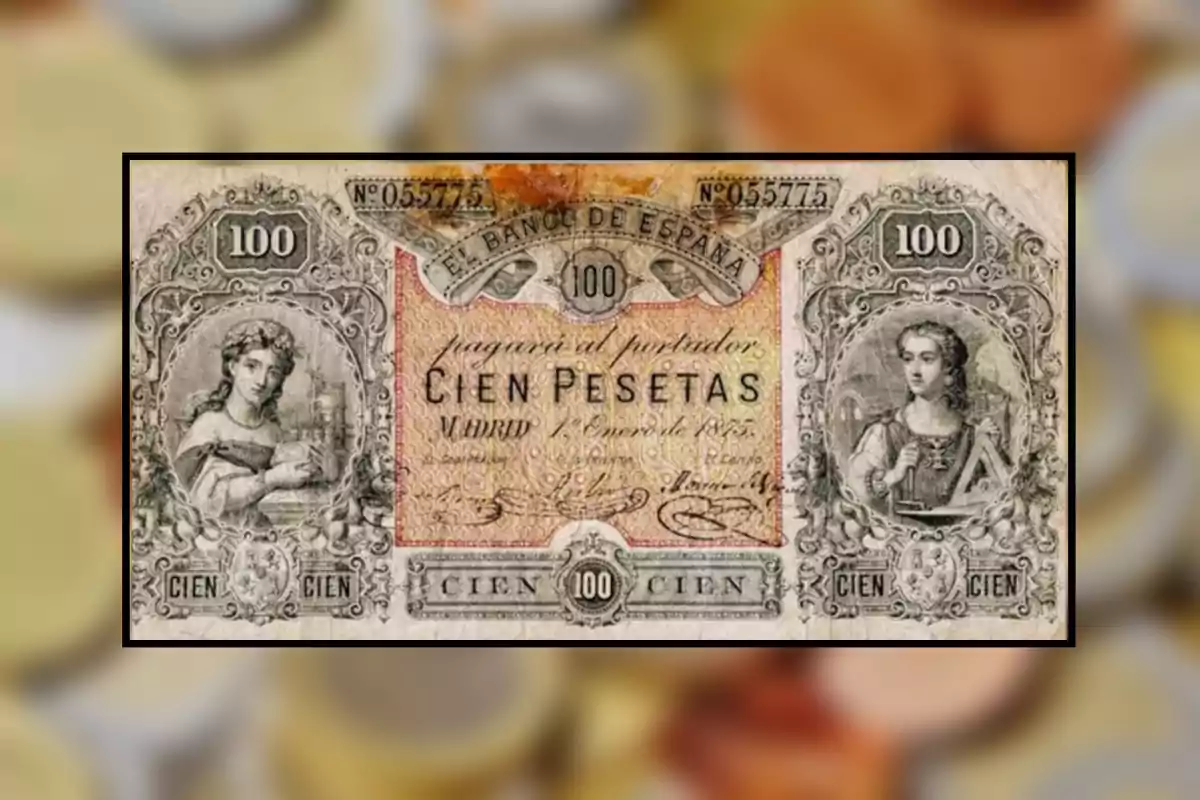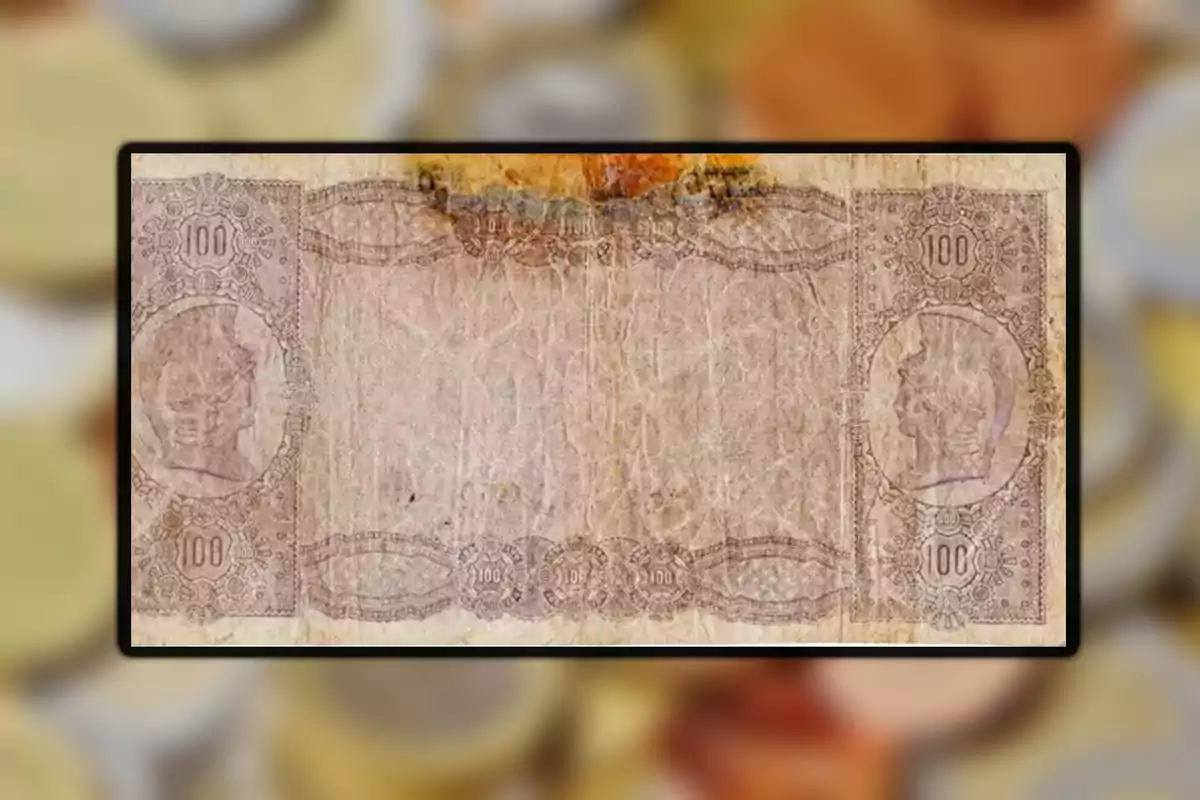
The 100 peseta bill that takes you to Cancun for a week all-inclusive: very rare
This ancient Spanish specimen is one of the most sought-after among collectors for its unbelievable market value.
Collecting old coins and banknotes has gone from being a hobby to becoming a booming market. With a good investment, you can earn a large amount of money if you bet on the right pieces.
In this case, one of the specimens that stands out in the market is a most peculiar 100 pesetas banknote. Besides its age, it also attracts attention for its unbelievable design. This has made it one of the most desired by collectors.
This is the 100 pesetas banknote that takes you to Cancún
Within the world of banknote and coin collecting, it's always possible to find pieces of great value. If you're already thinking about taking that trip you've been dreaming of, it's time to take a good look in your wallet. You might have this rare and sought-after specimen.

The banknote we're talking about is a 100 pesetas one minted in 1875. One of the details that makes it stand out is its age. However, this isn't the only thing that has made it a key piece for collectors.
This specimen was in circulation for several years, as its official withdrawal occurred in 1902. In this case, it stands out due to its rarity, as it belonged to the collection of the Marquess of Ensenada.
The value of this curious 100 pesetas banknote
There are many factors and details that come together on this occasion to make this specimen one of the most desired banknotes. In fact, on specialized pages, it has been sold with a starting price of 8,000 euros (approximately 8,800 dollars). Without a doubt, a very interesting figure if what you're looking for is a piece that takes you to Cancún in top-level.

Meanwhile, although that is the price that is most often repeated, experts agree that its value will increase. For this reason, it's not unusual to find it for no less than 12,000 euros (approximately 13,200 dollars). A true treasure for the world of collecting.
This banknote has so much value because of the blank space it has in the center. In 1874, a new issue was commissioned in London, and the resulting banknotes would be domiciled in branches. However, in 1882, it was authorized that the 25, 50, and 100 pesetas series, among which this one is found, circulate without this seal.
More posts: